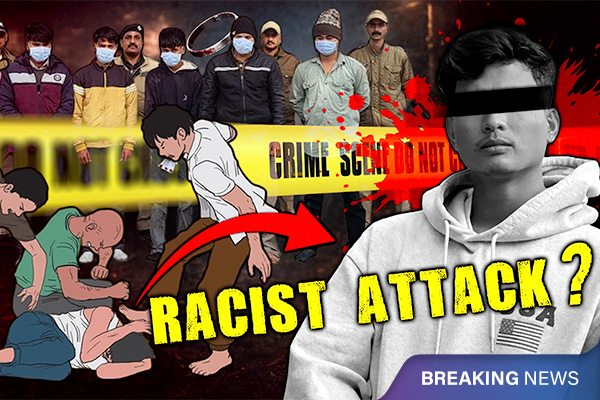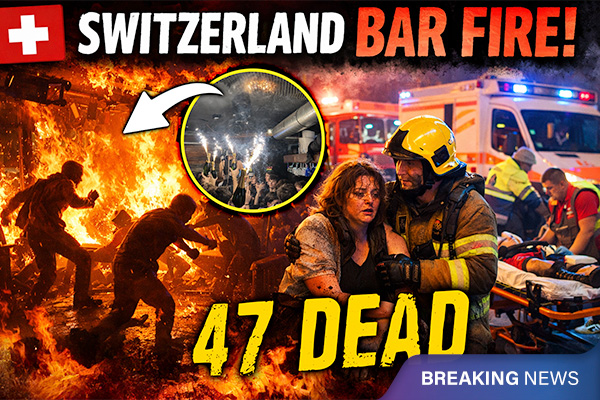What are Red, Orange & Green Zones?
The Union ministry of health and family has classified the country's districts in three zones - Red, Orange and Green based on the severity of the COVID-19 cases in their areas.
To tackle the outbreak of coronavirus in an effective and structured manner, the Union ministry of health and family has classified the country's districts in three zones - Red, Orange and Green based on the severity of the COVID-19 cases in their areas. These zones are created so that the government can control the spread of COVID-19.
Red Zone
Districts which have hotspots come under the red zone. 170 districts are under the Red zone. The government is providing door to door medical treatment in these areas. Strict lockdown rules will be implemented in such areas.
Orange Zone
Areas with limited numbers of COVID cases and very few new positive cases are included in the Orange zone. Very few activities will be allowed in such areas. Limited public transport facilities and farming activities will be allowed. If in a hotspot no new case of COVID-19 is reported in 14 days, it will turn into an Orange zone. In Maharashtra 16 districts have been classified as Orange zones. Even Delhi is classifying a few areas with limited COVID cases as Orange zones.
Green Zone
Any district that has not reported a single case of COVID-19 comes under Green Zone. In a Hotspot, if no COVID positive case is found in 28 days it can turn into a green zone. 207 districts in India come under the Green Zone.
The government will allow the start of transportation facilities and businesses. However the local government will be under strict control so that the virus does not spread again. Liquor shops and services that earn revenue for the states will be started.
The aim of the government is that when strict lockdown rules are ordered it will help them to control COVID-19 and Hotspots can change from Red zone to Orange zone and then Green zone.







